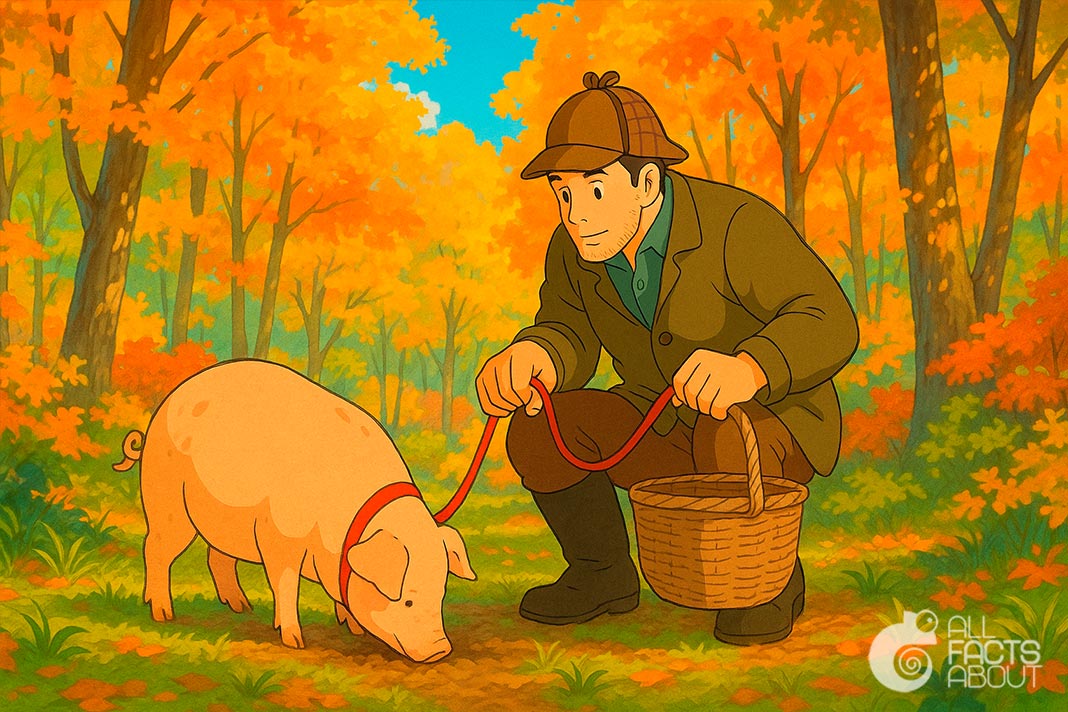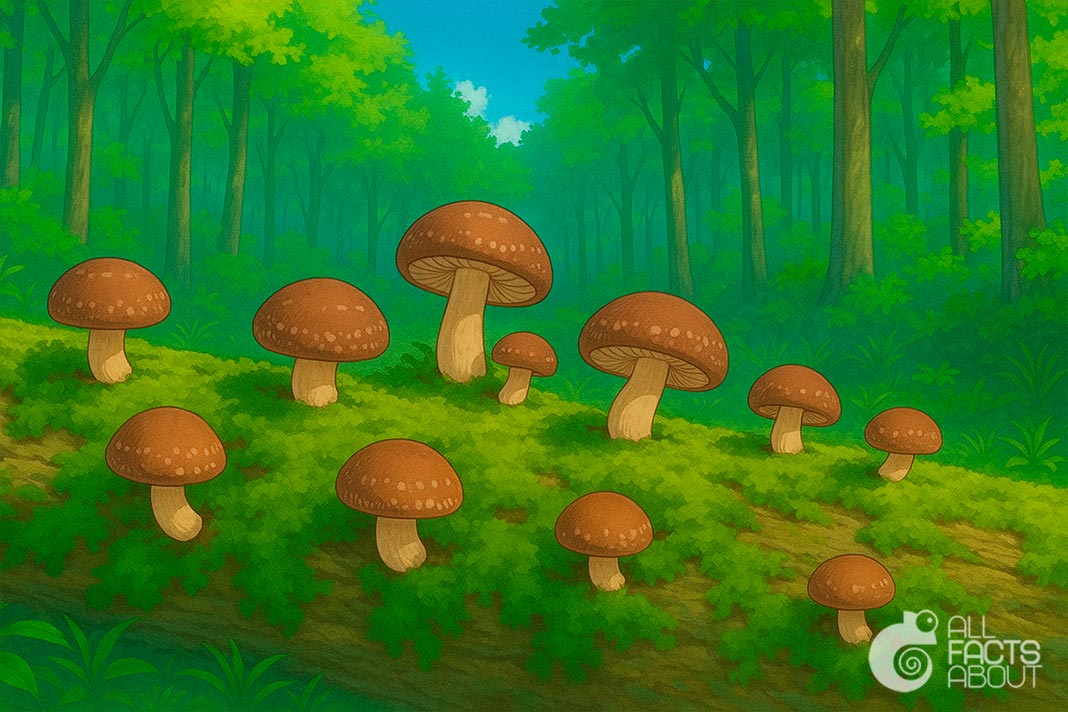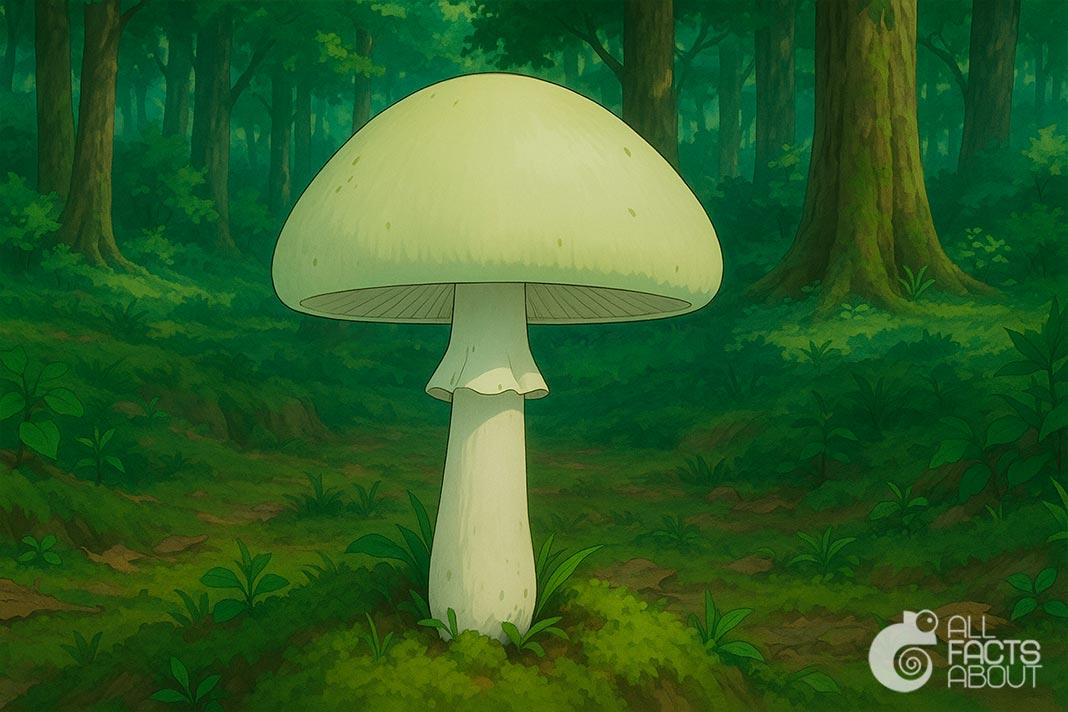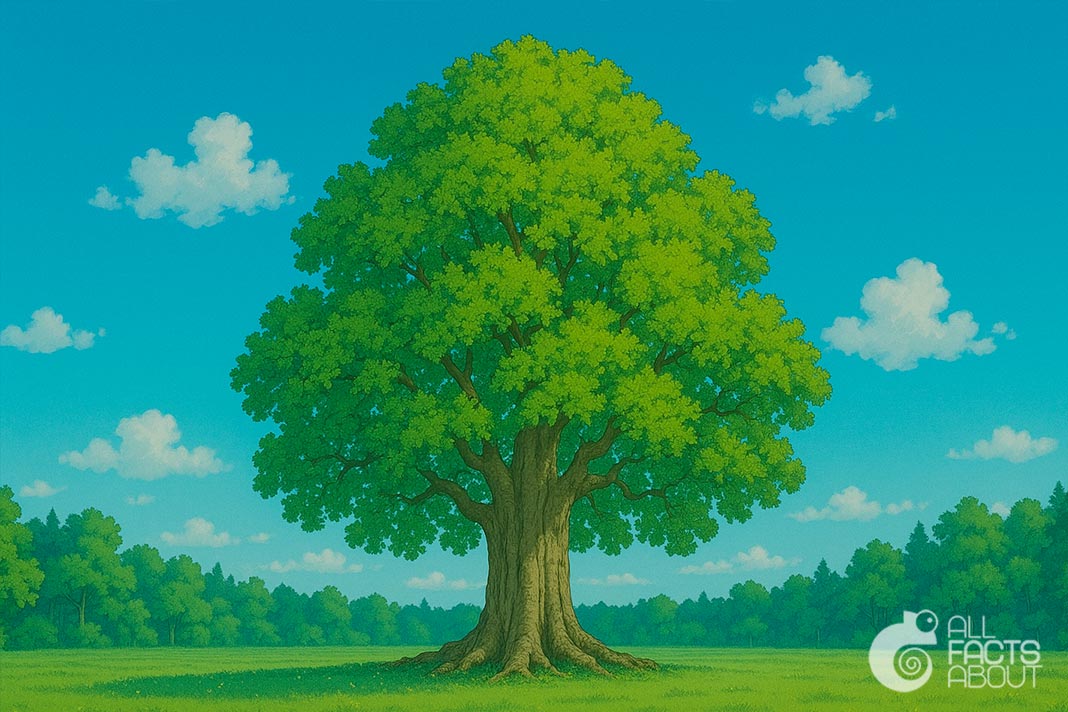Fungi are a superfood, and one of the most health-promoting foods on the planet. They survive in the most extreme places and can adapt to any environmental conditions.
1. According to the Mycological Society of America, there are between 2.2 and 3.8 million species of fungi, of which only about 150,000 have been classified as of 2025.
2. Fungi are among the oldest living organisms on Earth. Scientists have confirmed their existence dating back at least 400 million years, with some fossils suggesting they may be as old as 1 billion years. They survived the dinosaurs and continue to adapt and thrive today.
3. Fungi can also be found growing in extreme conditions. Certain species subjected to pressure in eight atmospheres and may develop on the surface of sulfuric acid. Fungi even growing on the Walls of Chernobyl’s Ruined Nuclear Reactor.
4. A mushroom is a fruiting body, and it is needed only for reproduction, the main body of the mycelium remains hidden from human view until it develops one or more fruiting bodies.
5. Some species of mushrooms can last for decades thanks to their long-lived mycelium. The record holder is the Armillaria ostoyae mushroom in Oregon, USA - its colony covers over 900 hectares and is over 2,000 years old, making it the largest and one of the oldest living organisms on Earth.
6. The most expensive mushrooms in the world are truffles. Some white truffles sell for over $2,000 per kilogram, and at auctions, prices can reach $10,000 or more for exceptional specimens.

Pigs help find truffles thanks to their incredible sense of smell.
8. Many species of fungi are parasites. They can sprout even inside living things. Humans are also vulnerable, fungi may cause many unpleasant diseases. However, there are real predators among them, that can hunt small worms or insect larvae. The victim sticks to the fungus and is slowly digested.
9. Fungi play a crucial role in ecosystems as decomposers, breaking down organic matter like dead plants and animals. This recycling process enriches the soil, supporting plant growth and maintaining environmental balance.
10. Some fungi form symbiotic relationships with plants through mycorrhizae. These fungal networks enhance water and nutrient absorption, boosting crop yields naturally.
11. The underground mycelium networks of fungi can chemically communicate, sharing nutrients and information between plants. This phenomenon, often called the “Wood Wide Web,” reveals a hidden yet essential connection within forest ecosystems.
12. Fungi can also team up with algae to form lichens — amazing life forms made of two partners. The fungus offers protection and structure, while the alga (or cyanobacterium) makes food through photosynthesis. Together, they create one of the most resilient systems in nature.
13. Edible mushrooms like shiitake and maitake contain powerful antioxidants and compounds that may support the immune system, reduce inflammation, and even promote heart health.

Shiitake mushrooms thrive on fallen or weakened trees.
15. The ancient Romans held mushrooms in high regard, especially the prized imperial mushroom Amanita caesarea, known as “Caesar’s mushroom,” which they considered a true delicacy.
16. Mushrooms can produce vitamin D when exposed to sunlight. Just as human skin generates vitamin D under ultraviolet rays, mushrooms convert sunlight into vitamin D₂. So, in a way, mushrooms also “tan” — not for appearance, but to enhance their nutritional value.
17. The death cap (Amanita phalloides) contains deadly amatoxins that destroy liver and kidney cells. Just 30 grams can be fatal to an adult. Symptoms often appear 6–24 hours after ingestion, when severe organ damage has already occurred. It’s considered the world’s most poisonous mushroom.
18. Some mushrooms glow in the dark pale green. This is why mushrooms have caused many scary stories about witches, spirits, and foresters.




